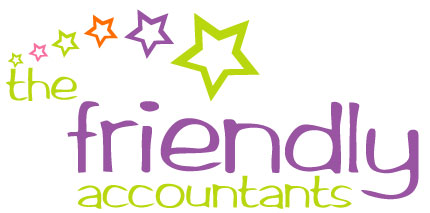I was with a business owner recently discussing their business. He runs a successful company with a healthy profit.
As we were talking about their gross profit and net profit, it was clear his eyes were glazing over. So I delved a bit deeper and it became clear that he wasn't entirely sure about the difference between the terms I was using. So we went back to basics and that's what I'm going to do in this email.
There are three main profit figures we talk about when discussing your business. And they all represent something different.
So let's start at the top:
Gross profit
Gross profit is the difference between the selling price of a product or service and the direct costs taken to produce that product or service. These direct costs are also known as variable costs.
Variable costs are costs that tend to fluctuate with the level of sales. They include, but are not limited to, such things as direct labour, raw materials, sales commissions and delivery expenses. They represent the costs of the goods sold.
For a contractor business your direct costs might be your direct travel costs - mileage, train etc.
At a whole business level, gross profit is the difference between the sum of all the revenue generated from all sources and the sum of all the variable costs or direct costs of the goods sold to generate that revenue. It doesn’t take into account the overheads or fixed costs of the business at this level; that happens in the next stage.
Sometimes gross profit can be broken down even further and if your accounting system allows, you can measure your gross profit per product or product line.
Gross margin sometimes gets confused with gross profit. Gross margin is gross profit as a percentage of sales.
Net profit before tax
Net profit before tax is the next level down. It's gross profit after all the overheads of the business are taken off.
Overheads are the costs that don't vary directly with sales - for example rent, insurance, finance costs, equipment leasing, office staff costs etc.
Overheads can be fixed or semi-variable.
An example of a fixed cost is rent where you have entered into a lease agreement lasting several years - within reason, no matter how high or low your sales go, you will still have to pay the same rent.
An example of a semi-variable cost is stationery. This won't vary directly with sales, but the more sales you make, the more stationery you'll probably need (unless you're totally paperless like us and you can't remember the last time you bought a printer cartridge!).
Net profit after tax
Net profit after tax is the final figure on your profit and loss account.
And as the name suggests, it's all the revenue in your business less all the costs and less any tax payable on your profit.
So, as Forrest Gump might say, "Your business is like a box of chocolates...".
You start of with a lovely box of 20 chocolates which represents your revenue. However 10 of those chocolates go to your supplier for the cost of your direct purchases - so your gross profit is now 10 chocolates (and your gross margin is 50% - 10/20).
And then you have to give another 5 chocolates to pay for your overheads - leaving you with 5 chocolates as profit.
And finally the taxman takes one chocolate (if you're lucky it will be the chocolate orange that no-one else wants!).
So hopefully next time you look at your profit and loss account, it will make a little more sense!
